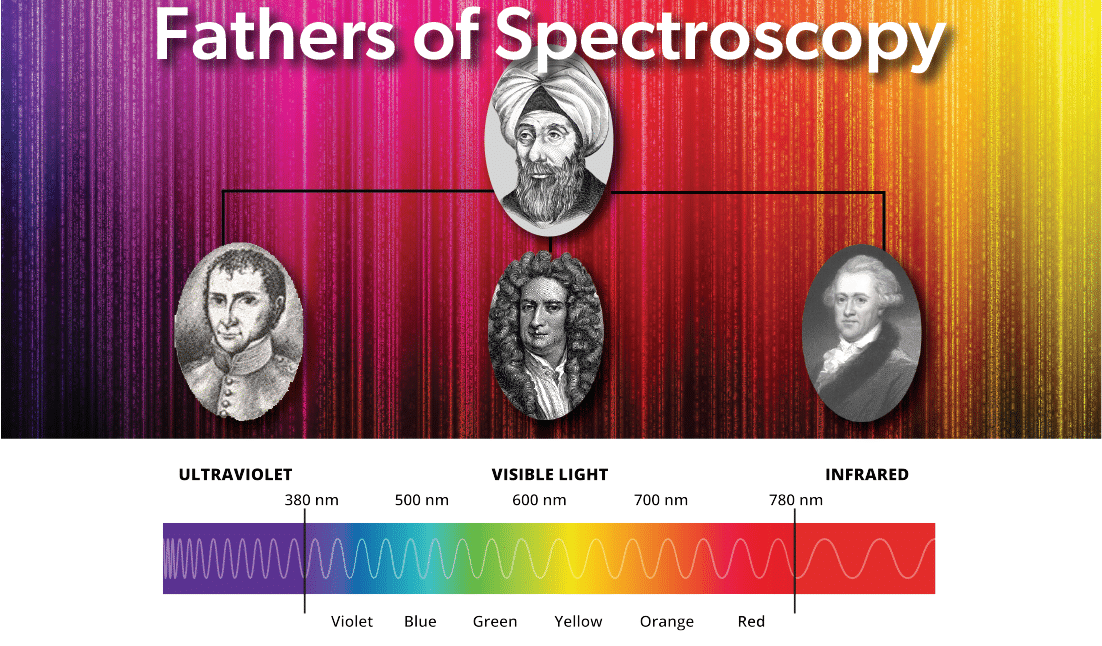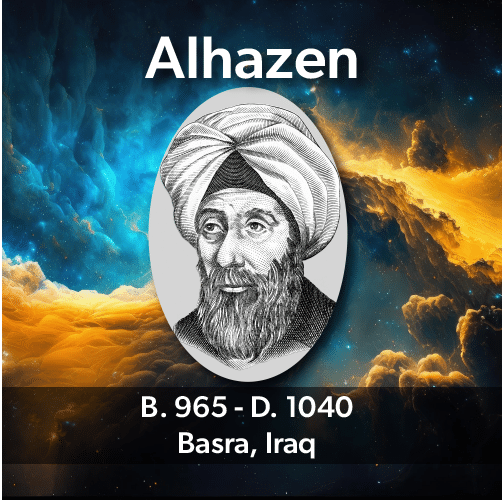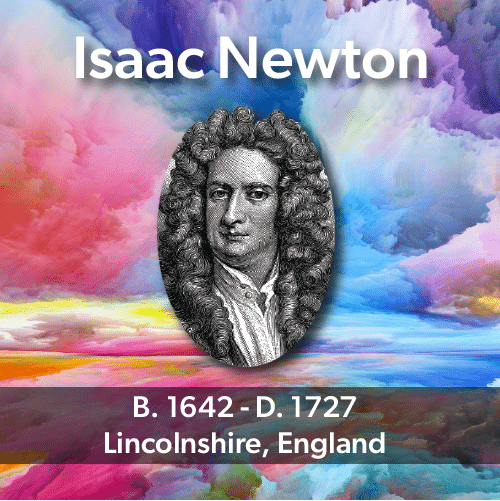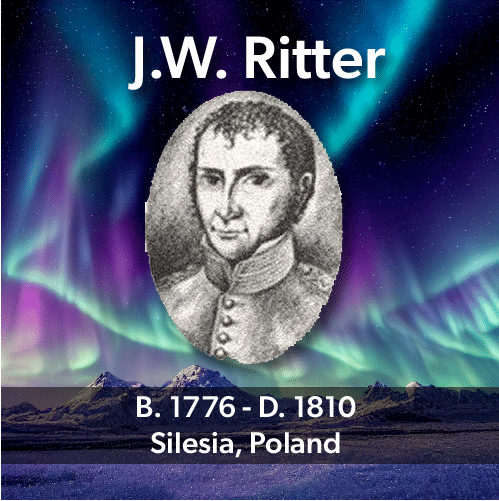
Physicists, chemists, and biologists have expanded our understanding of one of the most basic elements required for human life, light. This Father’s day, we acknowledge the founding fathers of spectroscopy and how their contribution has impacted the world of science as we know it today.
Abū Ali al-Ḥasan Ibn al-Haytham al-Baṣrī, commonly known as Alhazen, was born in 965. He regarded by scholars as the father of optics and recognized for his work in physics, mathematics, astronomy and medicine. His impact on the world of spectroscopy can be traced back to his book, Kitāb fī al-Manāẓir, which focused on his mathematical and experimental study on the properties of light. During his lifetime, Alhazen tested and identified various types of light leading to his 3 classifications: luminous, reflecting, and transmitting sources. These classifications of light were proven by his experimental and mathematical data all detailed in his book. He was a brilliant scholar whose impact and research can be pinned as an important foundation to the study of light as we know it.


Father of the Visible Spectrum
Born in 1643 , Sir Isaac Newton would go on to gift the world with more than just his presence. Newton was a scientist of many talents whose contributions to physics and optics cannot be overstated. In 1666 at the ripe age of 26 years old, Newton demonstrated how white light from the sun can be dispersed into a “spectrum” of light. He created the term spectrum leading to the founding of the science, spectroscopy. But what made Sir Newton so special? He came from a family of farmers but young Isaac had aspirations that went beyond the farm. Attending Kings School in Grantham, he would go on to enroll into University of Cambridge’s Trinity College in 1661.
The inquisitive mind would go on to study the classical curriculum but would eventually return home to develop his theories on calculus, light and color. Newton crafted the first reflecting telescope in 1668 after he returned to Cambridge as fellow. This invention would lead to his refraction experiments and eventual discover that light is a composite of all colors can be dispersed into the visual spectrum via prism. His ascension in the academic community and elite society were a direct result of his brilliance at the time. Not only would Newton
Father of Ultraviolet Light
Johann Wilhelm Ritter was born in 1776. Ritter began his adult life as a pharmacist then went on to study medicine and teach at the University of Jena. In 1800, at the age of 24, he had successfully duplicated the famed experiment of chemist, William Nicholson except taking it a step further. He was able to decompose water into hydrogen and oxygen via electrolysis, then collect the two gases separately by differently arranging the electrodes. This successful venture lead to his invention of the process known as electroplating. This is the process of plating one metal onto another using hydrolysis and is effective in preventing corrosion of said metal.

A year later, Ritter discovered that silver chloride decomposes in the presence of invisible light radiation or as we know it as ultraviolet radiation. This was the first time a scientist was able to display the effects of the unseen end of the light spectrum. His research thereafter focused primarily on electricity and electromagnetic chemistry. J.W. Ritter would go on to invent the dry-cell battery and electrical storage battery.

Father of the Infrared 
Sir Frederick William Herschel can be considered a father of spectroscopy due to his significant contributions to the field. His discovery of infrared radiation in 1800 expanded our understanding of the electromagnetic spectrum beyond visible light. Herschel’s experiments with passing sunlight through a prism led him to observe a region just beyond the red end of the visible spectrum where the intensity of light increased, revealing the existence of infrared radiation. This groundbreaking observation paved the way for further investigations into the properties of light and its interaction with matter.
Furthermore, Herschel’s studies on the solar spectrum played a crucial role in understanding the composition of celestial objects. His analysis of the sunlight spectrum revealed dark lines or gaps at specific wavelengths, known as spectral lines, which are indicative of certain chemical elements present in the Sun’s atmosphere. These early observations of spectral lines provided valuable insights into the composition of celestial bodies and set the stage for the development of spectroscopic analysis in various scientific disciplines. Thus, Herschel’s discovery of infrared radiation and his studies on the solar spectrum established him as a key figure and a pioneer in the field of spectroscopy.






